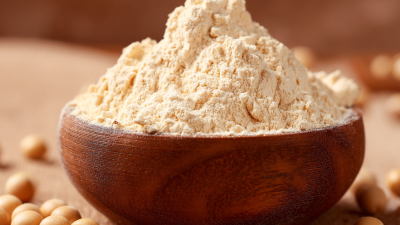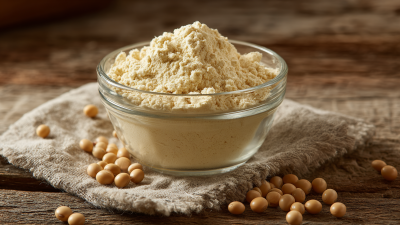In recent years, soy protein has gained significant attention as a versatile and nutritious addition to the diet, particularly as the demand for plant-based proteins continues to rise. According to a report by the Plant-Based Foods Association, plant-based protein sales in the United States alone reached $7 billion in 2020, with soy protein emerging as a key player due to its complete amino acid profile and numerous health benefits. Incorporating soy protein into daily meals can support cardiovascular health, aid in muscle recovery, and contribute to overall wellness, making it an excellent choice for both vegetarians and omnivores alike.
As we look toward 2025, it's crucial to understand how best to integrate this powerhouse nutrient into our diets. A study published in the Journal of Nutrition suggests that regular consumption of soy protein can lower LDL cholesterol levels by 3-4%, significantly reducing the risk of heart disease. Furthermore, the high isoflavone content in soy may have protective effects against certain cancers and menopausal symptoms, providing even more incentive to embrace soy protein as a staple food source. By understanding the various forms and preparation methods of soy protein available, individuals can enhance their nutritional profile and achieve optimal health in the coming years.
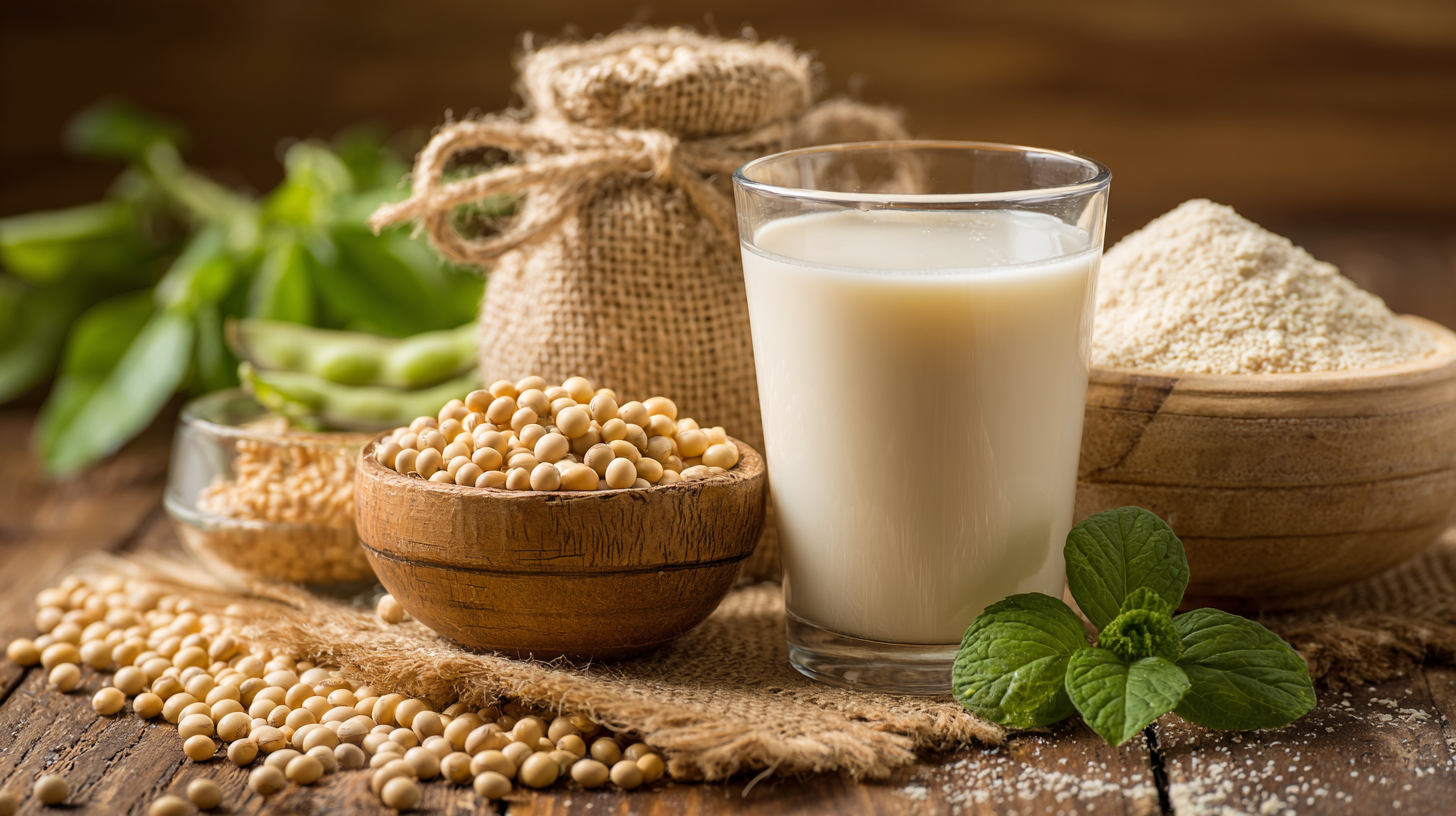
Soy protein is renowned for its extensive nutritional benefits, making it an excellent addition to a healthy diet. Rich in essential amino acids, it serves as a complete protein source, which is particularly beneficial for vegetarians and vegans seeking alternatives to animal protein. Incorporating soy protein into your meals can support muscle growth, repair, and overall body function. Additionally, it is low in saturated fat, which can contribute to heart health when consumed as part of a balanced diet.
Beyond its protein content, soy has been linked to various health benefits, including improved cholesterol levels and potential reduction in the risk of heart disease. The isoflavones found in soy, a type of phytoestrogen, may also play a role in managing menopausal symptoms and promoting bone health. Regular consumption of soy products, such as tofu, tempeh, and edamame, can enhance nutrient intake while supporting cardiovascular health and hormonal balance. Thus, integrating soy protein into your daily diet not only diversifies your food choices but also enriches your overall well-being.
Incorporating soy protein into your daily diet can be an excellent way to enhance your nutritional intake. Soy protein is versatile and can be found in various forms, making it easy to integrate into meals. Common sources include tofu, tempeh, edamame, soy milk, and textured vegetable protein (TVP). Each of these options not only provides a plant-based protein alternative but also boasts a range of essential amino acids, making them an ideal choice for vegetarians and vegans.
Tips: To add more soy protein to your diet, consider starting your day with a smoothie made from soy milk or adding tofu to your breakfast scramble. For lunch, edamame can serve as a nutritious snack or a flavor-packed addition to salads. Dinner could feature stir-fries that incorporate tempeh or TVP, ensuring you're getting protein-rich meals without the need for animal products.
Experimenting with soy protein can be both enjoyable and rewarding, as it can be flavored and cooked in numerous ways. Try marinating tofu or tempeh in your favorite sauces to enhance their taste, or use soy milk in your baking for a protein boost. By diversifying your sources of soy protein, you can achieve optimal health while enjoying delicious meals.
Incorporating soy protein into your breakfast routine can be a delicious and nutritious way to kickstart your day. One simple method is to add silken tofu to your morning smoothie. Blending silken tofu with your favorite fruits and a splash of plant-based milk creates a creamy texture while packing a powerful protein punch. This not only enhances the taste but also keeps you full for longer, making it easier to maintain energy levels throughout the morning.
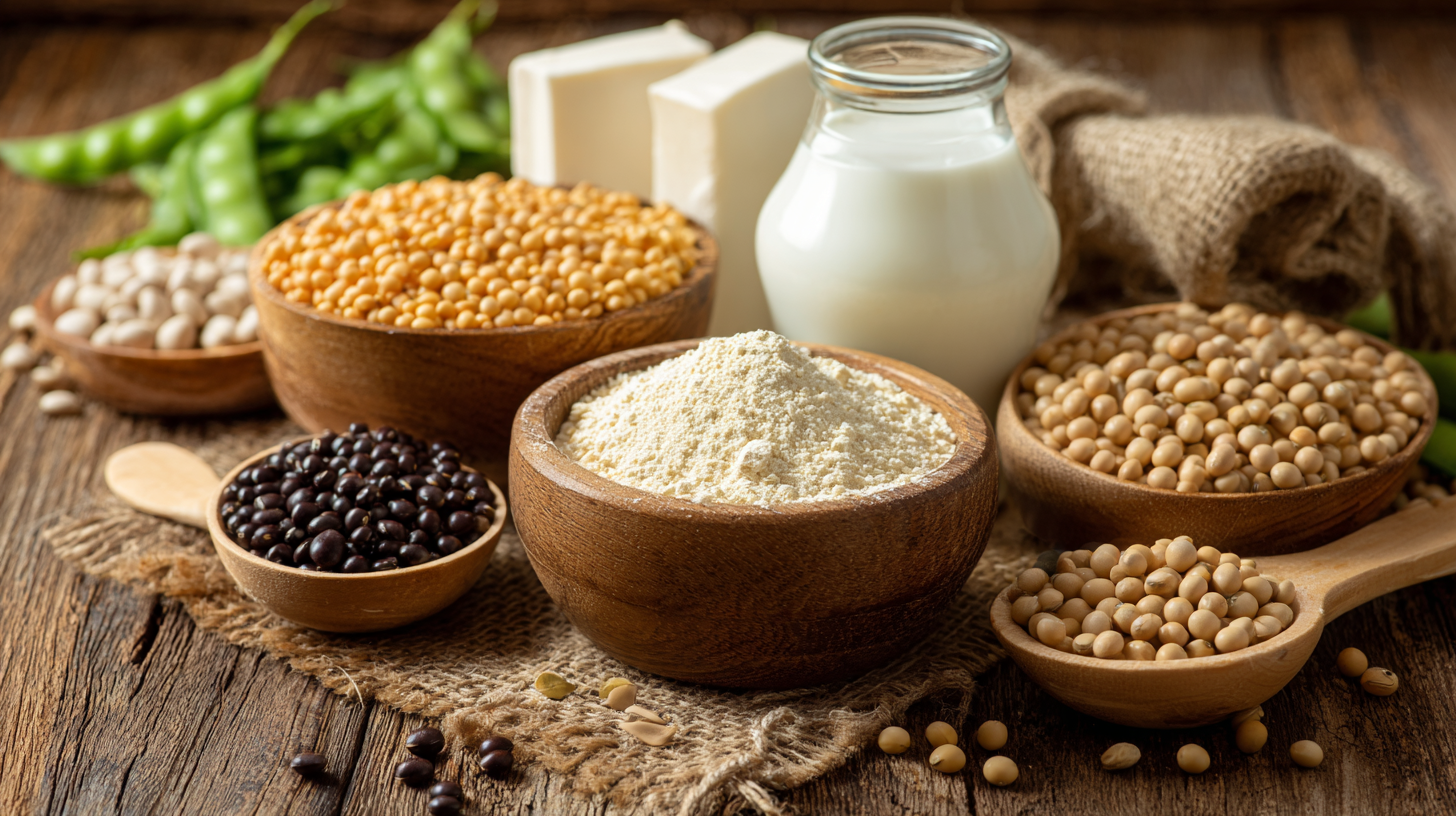
Another creative way to enjoy soy protein is by using soy milk in your breakfast cereals or oats. Pouring soy milk over oatmeal or granola enriches your meal with additional protein and a satisfying creaminess. You can further elevate the flavor by adding toppings such as fresh fruits, nuts, or a drizzle of honey. Alternatively, consider making a savory soy protein scramble using crumbled firm tofu, sautéed vegetables, and spices. This hearty dish serves as a perfect breakfast option that provides essential nutrients and flavors to start your day right.
Incorporating soy protein into your lunch and dinner meals can significantly enhance your diet's nutritional profile. One of the easiest ways to add soy to your lunch is through a hearty salad topped with edamame. Simply toss fresh greens with cherry tomatoes, cucumbers, and your choice of protein-rich edamame. You can even add a drizzle of sesame dressing to give it an authentic Asian twist. Additionally, incorporating tofu into stir-fries is another excellent option. Tofu can absorb various flavors, making it an ideal addition to mixed vegetable dishes or served with brown rice.
For dinner, consider experimenting with soy-based products like tempeh. This fermented soy product is packed with protein and has a unique texture that works well in a variety of cuisines. You can marinate tempeh and grill it for a delicious entrée, pair it with quinoa and steamed broccoli for a complete meal. Another simple yet satisfying option is to prepare a vegetable and soy protein casserole. Using textured vegetable protein (TVP) to replace ground meat in your favorite casserole recipe can create a comforting dish that's both hearty and nutritious. These approaches not only nourish your body but also introduce exciting flavors and textures to your daily meals.
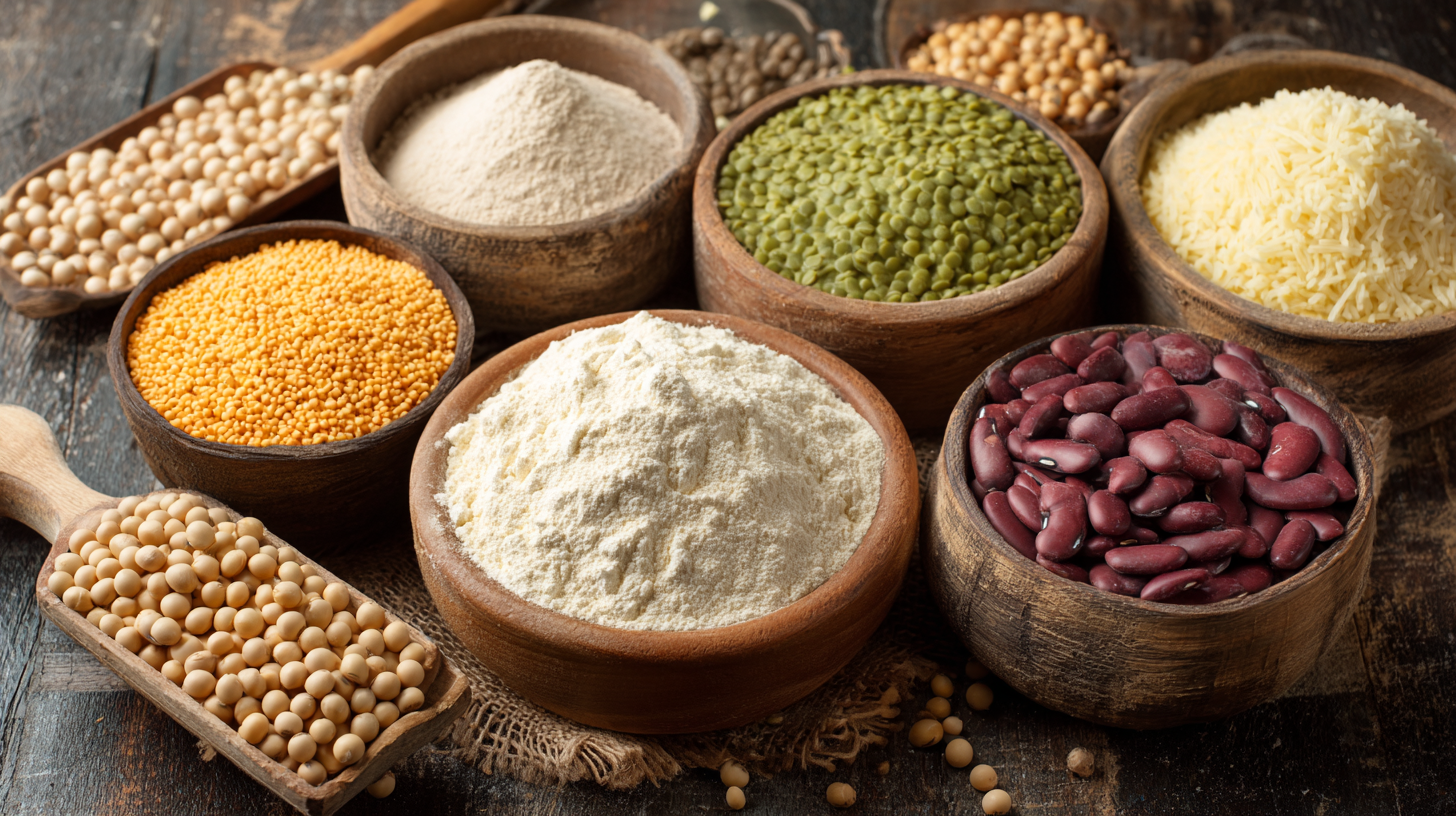
Incorporating soy protein into your daily diet can be both delicious and nutritious, especially in the form of snacks and smoothies. A fortified soy beverage is a great base for smoothies, as it not only boosts protein content but also adds a creamy texture. To create a protein-packed smoothie, try blending it with ingredients like fruits, greens, and nut butters. For instance, a banana and spinach smoothie made with soy milk and a tablespoon of almond butter can satisfy your hunger while providing a substantial protein boost.
For quick snacks, roasted soy nuts or edamame make for excellent grab-and-go options that are high in protein. These snacks not only provide essential nutrients but also help curb cravings between meals. Incorporating soy protein-rich snacks and smoothies into your daily routine can significantly contribute to your overall protein intake, promoting better energy levels and aiding in muscle recovery after workouts. Experimenting with different combinations of fruits, vegetables, and soy products will keep your palate excited while ensuring you're meeting your nutritional goals.
Smoothies provide a delicious way to enjoy the benefits of soy protein. With endless combinations, you can create a unique blend every day!

